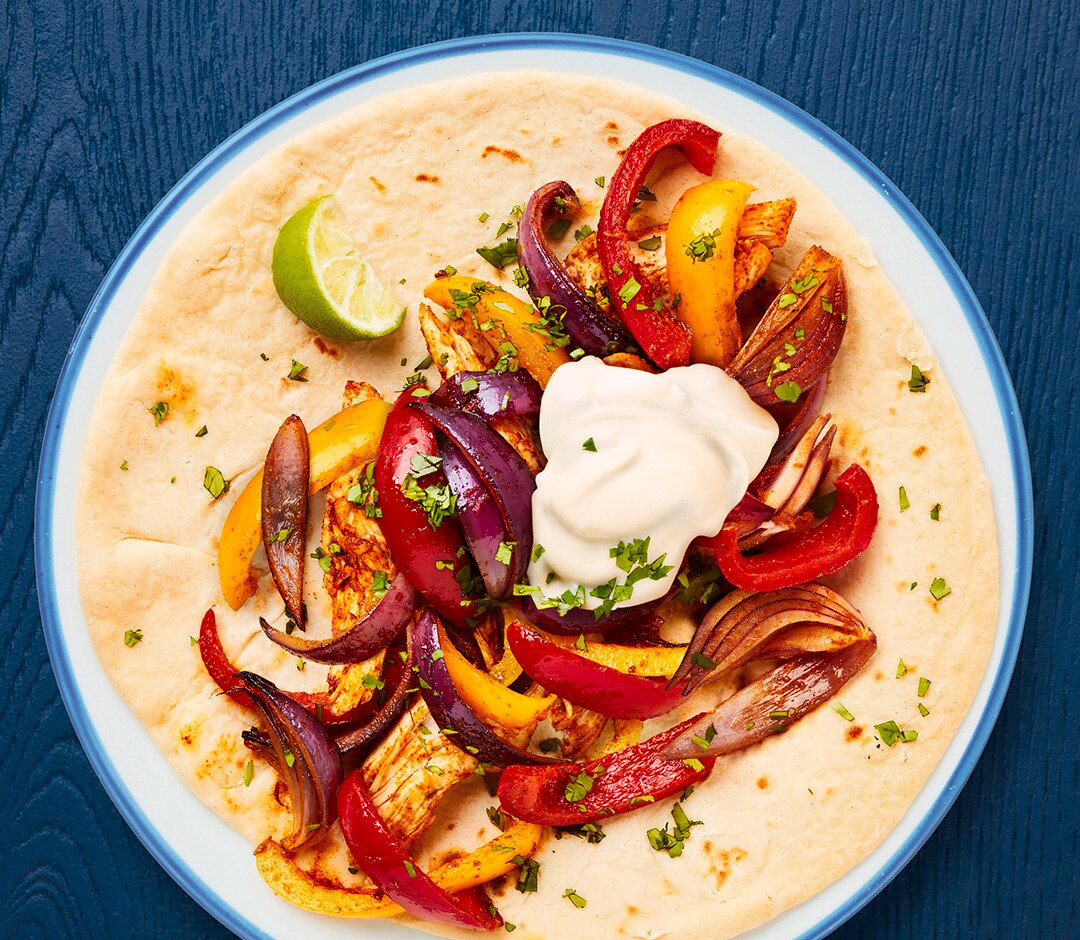1. PREVENTION means avoiding food from going to waste all together, including all of the water, fertilizer, labor, gas, money and other resources it takes to grow, process and transport food. Prevention solutions include things as simple as purchasing imperfect foods, standard date labels, using smaller plates and making smaller portions.
2. RESCUE means getting food that’s already been produced to food banks and food recovery organizations for those in need. Food rescue can also mean “upcycling” which involves making an entirely new food product from surplus or remnants.
3. RECYCLING means turning decomposing food into a valuable end product like nutrient rich compost for agriculture, or biogas for trucks and city buses.
In our journey to understand the food waste landscape, we have found that approximately 70% of people globally agree “avoiding food waste” has become more important in their lives – almost as important as “eating healthy1. However, people don’t yet acknowledge that they are part of the problem. 73% of Americans say they waste less than the average American2. ReFED has uncovered that in the United States, approximately 40% of all food waste occurs in our homes3.
ReFED’s analysis of the top prevention, recovery, and recycling solutions shows that 13.2 million tons — over 20% of annual food waste — can be reduced over the next decade in cost-effective and scalable ways4.




